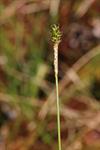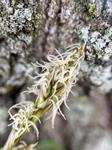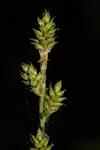Click the number at the start of a key lead to highlight both that lead and its corresponding lead. Click again to show only the two highlighted leads. Click a third time to return to the full key with the selected leads still highlighted.
Key to Carex
https://fsus.ncbg.unc.edu/main.php?pg=show-key.php&keyid=39614













